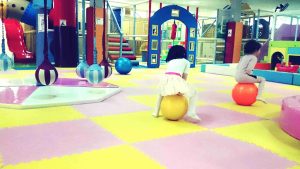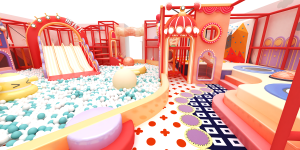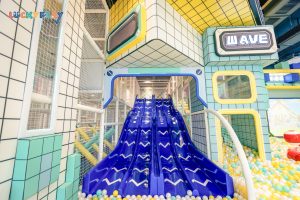Indoor playgrounds have become a staple in modern entertainment, providing a safe and engaging environment for children to play, learn, and socialize. The concept of indoor playgrounds has evolved significantly over the years, transforming from simple play areas to complex entertainment centers.
This evolution is a testament to the changing needs and preferences of families, as well as advancements in play equipment and safety standards. Understanding the history of indoor playgrounds offers insights into their development and highlights their importance in contemporary society. With the rise of urbanization and changing lifestyles, indoor playgrounds have become essential for providing children with spaces to engage in physical activity and imaginative play. This article explores the history of indoor playgrounds, tracing their development from the early beginnings to the present day.
Early Beginnings: The Emergence of Indoor Playgrounds
The concept of indoor playgrounds began to take shape in the mid-20th century.
Initial Development (1950s-1960s)
- The first indoor playgrounds were simple, often featuring basic play equipment such as climbing structures and slides.
- These early playgrounds were primarily designed for young children, offering a safe space for them to play while parents shopped or relaxed.
- The introduction of soft play materials marked a significant improvement in safety, making indoor playgrounds more appealing to parents.
Expansion and Growth (1970s)
The 1970s saw a significant expansion in the concept of indoor playgrounds.
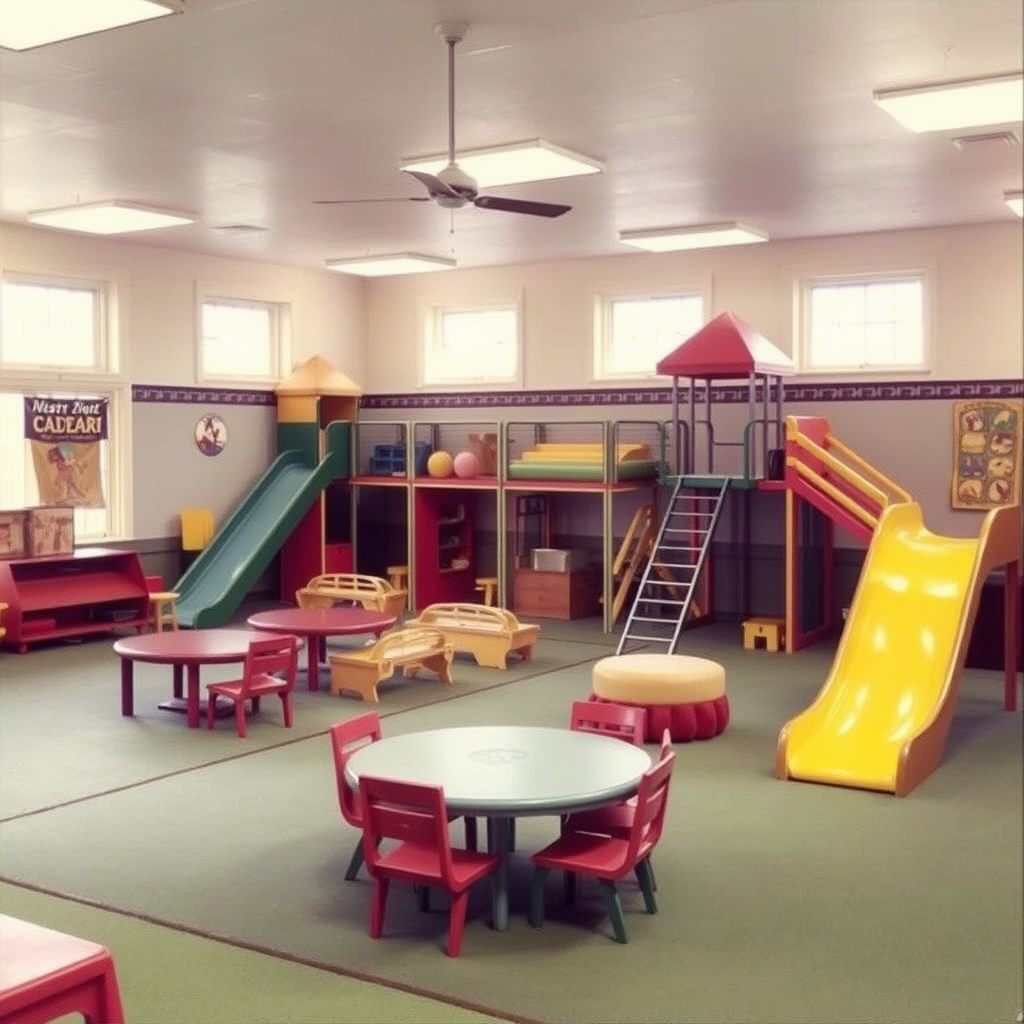
- Indoor playgrounds began to incorporate more diverse play elements, such as ball pits and interactive games.
- This period also witnessed the establishment of the first commercial indoor playgrounds, catering to a broader audience.
- The growth was partly driven by the increasing awareness of the importance of play in child development.
Evolution and Diversification
As the years progressed, indoor playgrounds continued to evolve, incorporating new technologies and play concepts.
The Advent of Themed Playgrounds (1980s)
- The 1980s were marked by the introduction of themed indoor playgrounds, which offered immersive play experiences.
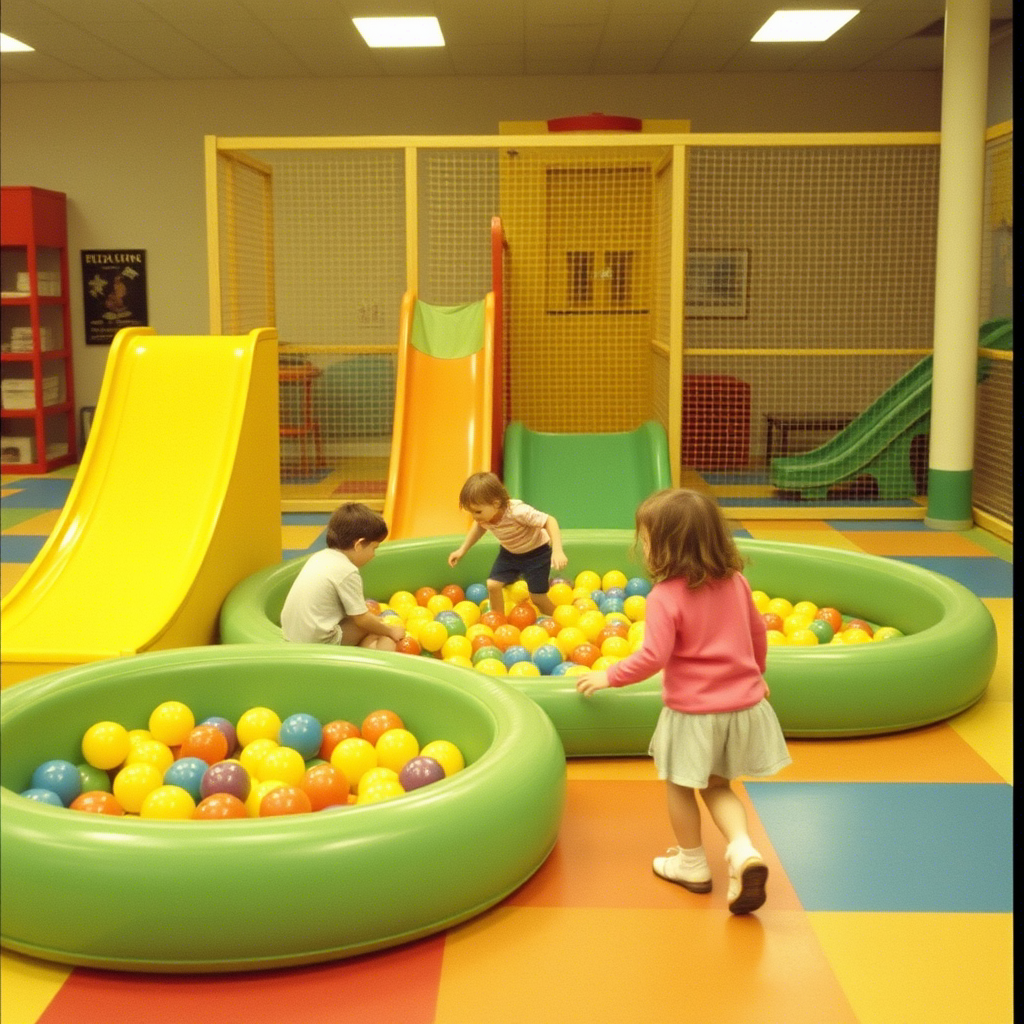
- These themed playgrounds featured elaborate designs and play structures, enhancing the overall play experience.
- The incorporation of ball pits became a defining feature of many indoor playgrounds during this era.
Modernization and Safety Enhancements (1990s-2000s)
The latter part of the 20th century and the early 21st century saw significant advancements in play equipment and safety standards.
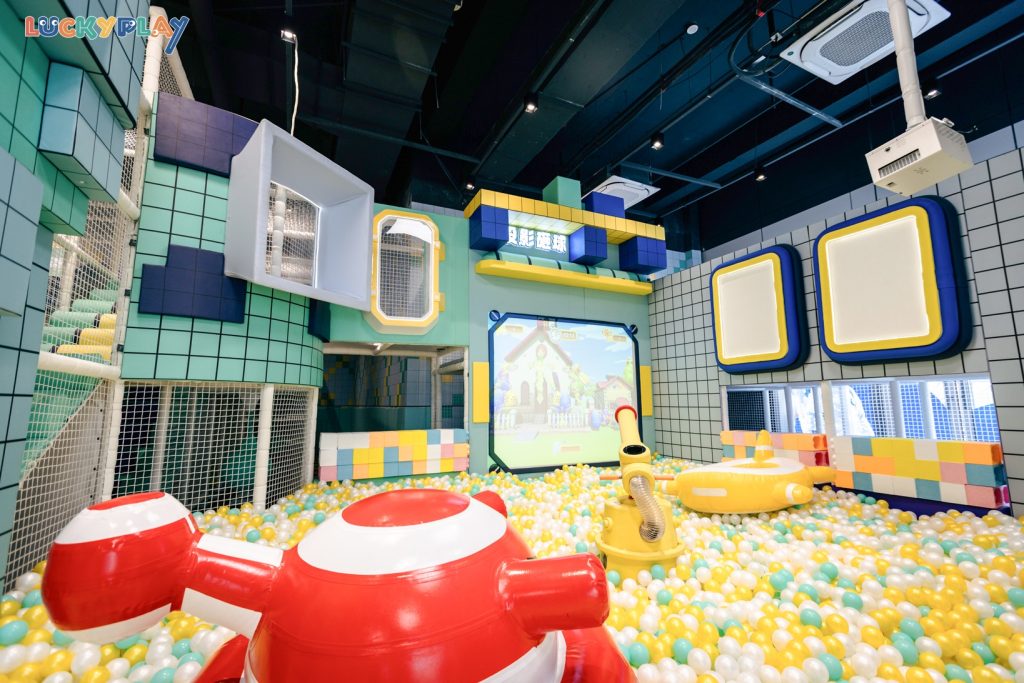
- Indoor playgrounds began to feature inflatables, climbing walls, and other challenging play structures.
- There was a heightened focus on safety, with the implementation of stricter safety regulations and guidelines.
- Modern indoor playgrounds started to incorporate technology, such as interactive play systems and digital entertainment.
Contemporary Indoor Playgrounds
Today, indoor playgrounds are sophisticated entertainment centers that cater to a wide range of ages and interests.
Diverse Play Options
- Contemporary indoor playgrounds offer a variety of play options, including trampolines, laser tag, and virtual reality experiences.
- Many indoor playgrounds now incorporate amenities such as cafes, party rooms, and retail spaces, making them attractive venues for family outings.
- The integration of educational elements, such as STEM-based play, has become increasingly popular.
Technology and Innovation
The use of technology has become a key feature in modern indoor playgrounds.
For more information on innovative play equipment, you can visit https://www.eluckyplay.com/.
- Advanced play systems and digital technologies are being used to create immersive and interactive play experiences.
- Some indoor playgrounds are now incorporating virtual and augmented reality, offering children new and innovative ways to play.
Safety and Accessibility
- Modern indoor playgrounds prioritize safety, with many featuring advanced safety features such as soft landing surfaces and safety nets.
- There is also a growing emphasis on accessibility, with indoor playgrounds incorporating inclusive play elements designed for children of all abilities.
For examples of accessible play equipment, check out https://www.eluckyplay.com/.
Challenges and Future Directions
Despite their popularity, indoor playgrounds face several challenges, including maintaining safety standards and adapting to changing consumer preferences.
Adapting to Changing Needs
- Indoor playgrounds must continue to innovate and adapt to the evolving needs and preferences of families.
- This includes incorporating new technologies and play concepts, as well as enhancing safety and accessibility features.
Sustainability and Environmental Concerns
- There is a growing awareness of the need for sustainability in the design and operation of indoor playgrounds.
- Future developments are likely to focus on eco-friendly materials, energy-efficient systems, and sustainable practices.
The history of indoor playgrounds is a story of continuous evolution and innovation, driven by changing societal needs and advancements in play equipment and safety standards. From their humble beginnings to the sophisticated entertainment centers of today, indoor playgrounds have become an integral part of modern family entertainment. As they continue to adapt to the needs of families and incorporate new technologies and play concepts, indoor playgrounds will remain a vital part of childhood experiences. By understanding their history and development, we can better appreciate the importance of these spaces in promoting healthy development and providing enjoyable experiences for children.



